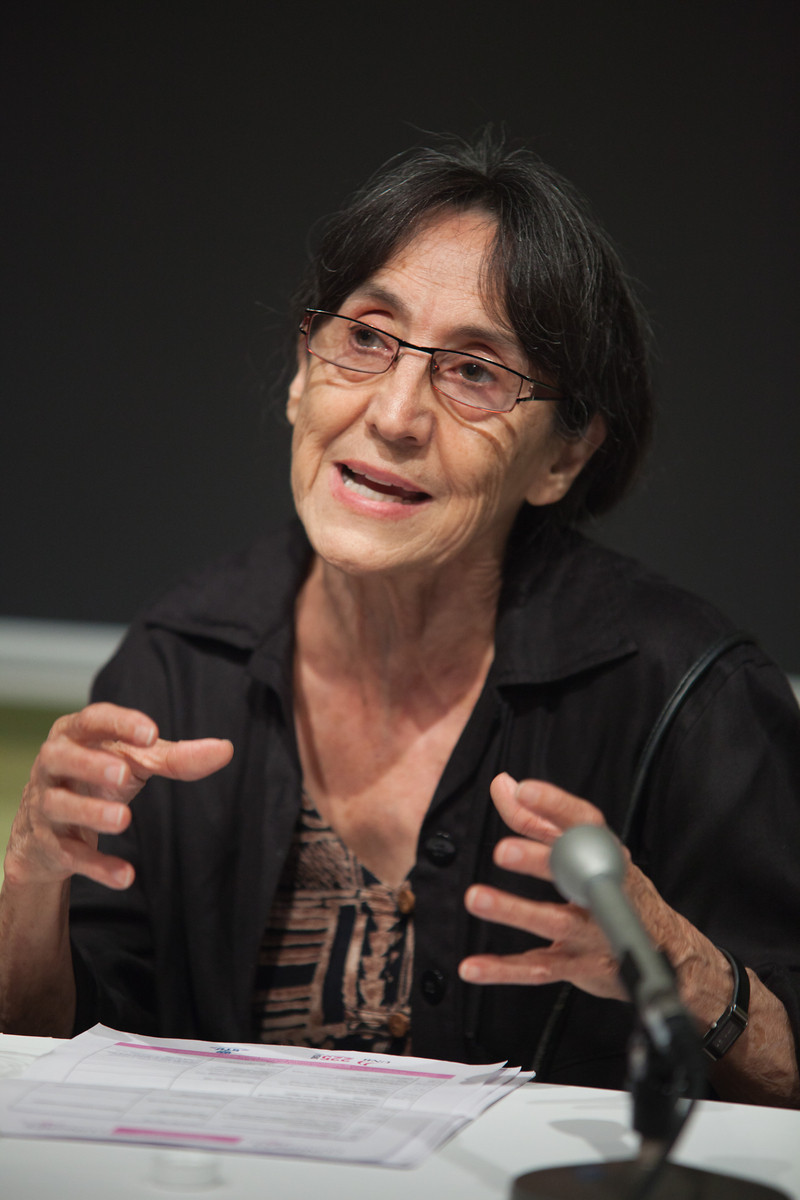St. Thomas University’s Andrea Bear Nicholas has won her first award ever.
She said she was shocked to find out she won the award for best article published in the Journal of Canadian Studies.
“I was surprised. To be honest I’ve never won an award for any writing of mine,” Nicholas said. “I’m generally writing on difficult topics, and difficult topics don’t often get attention.”
As a professor emeritus, Nicholas is retired from STU, but still recognized in the university community for her studies and works outside of teaching. Nicholas has most recently been appointed to work with the province on developing a Maliseet language immersion program.
“I started in ‘93, chair of Native Studies, and I retired in 2013. We sort of built that department in those 20 years,” Nicholas said.
She said the reason her article, “The Role of Colonial Artists in the Dispossession and Displacement of the Maliseet: 1790’s-1850’s,” might have grabbed attention was due to the collection of unique illustrations it included to explain Nicholas’ research.
“I started to realize there were a lot of very coliferral images from the past that I thought would tell the story of Maliseet history,” she said.
“As I began to piece things together, the documents I’ve been collecting over the years, I began to realize there were two very different stories being told.
“One being the Maliseet people as some sort of picturesque representation of New Brunswick for European audiences. The other is the record in the archives of very terrible and desperate situations on the part of Maliseets especially.”
Nicholas was invited to write the article after giving a presentation on the same topic at a conference in Halifax which focused on studying the Maritimes.
While Nicholas was busy and originally declined the invitation to write the article, she decided to finally translate the presentation into a full-fledged piece after some convincing.
“They started begging me in the summer, they said, ‘We’ve held off publication of the journal, we really want you to pull together a piece if at all possible,’” she said.
Nicholas said the reason art during that time is not representative of the Maliseet people is due to the fact that most of the pieces were created by those in the military who were taught to create landscape paintings.
“It seemed that these beautiful images of Maliseet hunting and fishing, and village life and so on, were simply covering the truth and probably making people not see anything of what was really happening and why,” she said.
“Those images from the early 1800s continue to tell a story that’s true. A story that the original settlement of New Brunswick was a happy experience for all people involved.”

